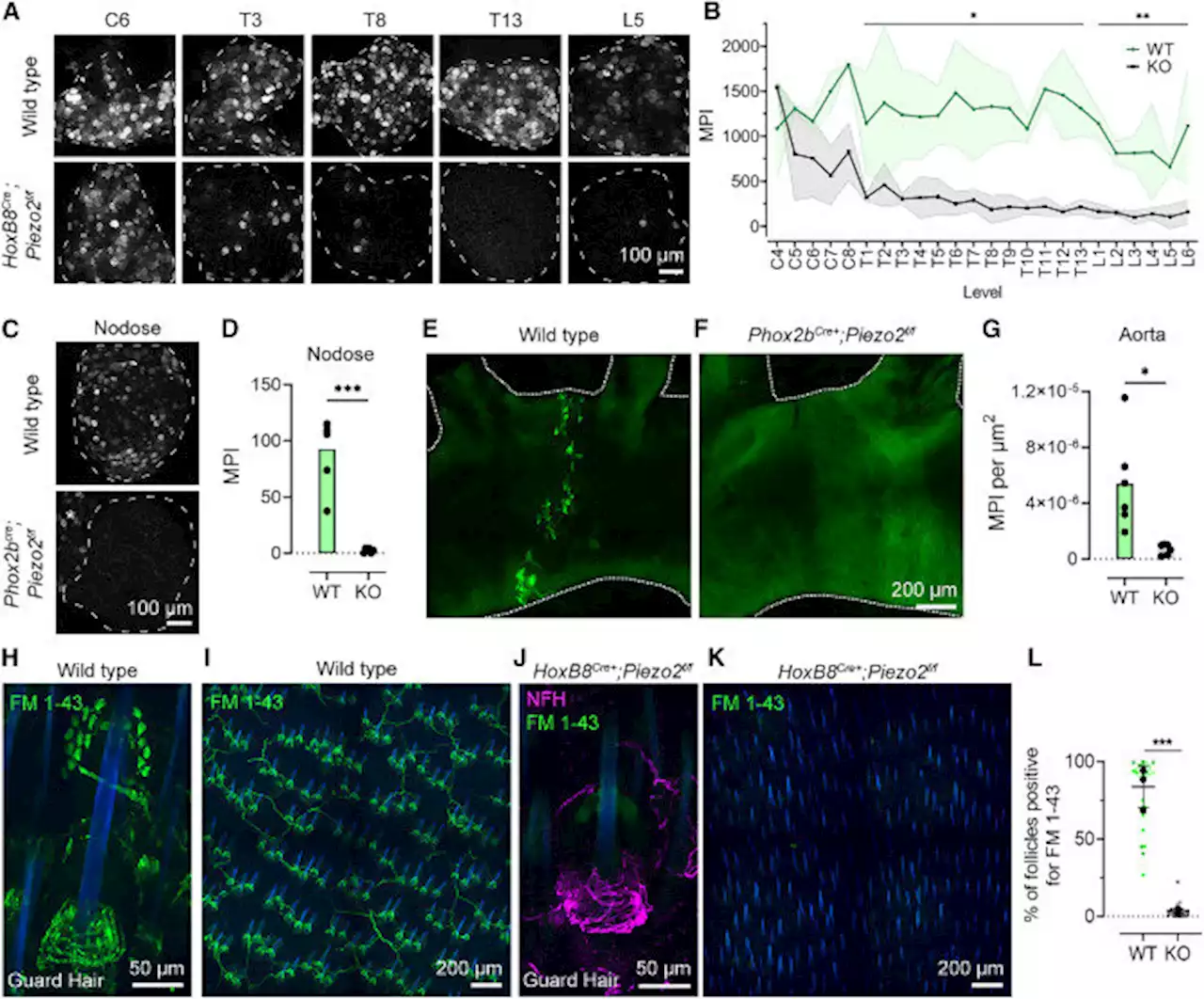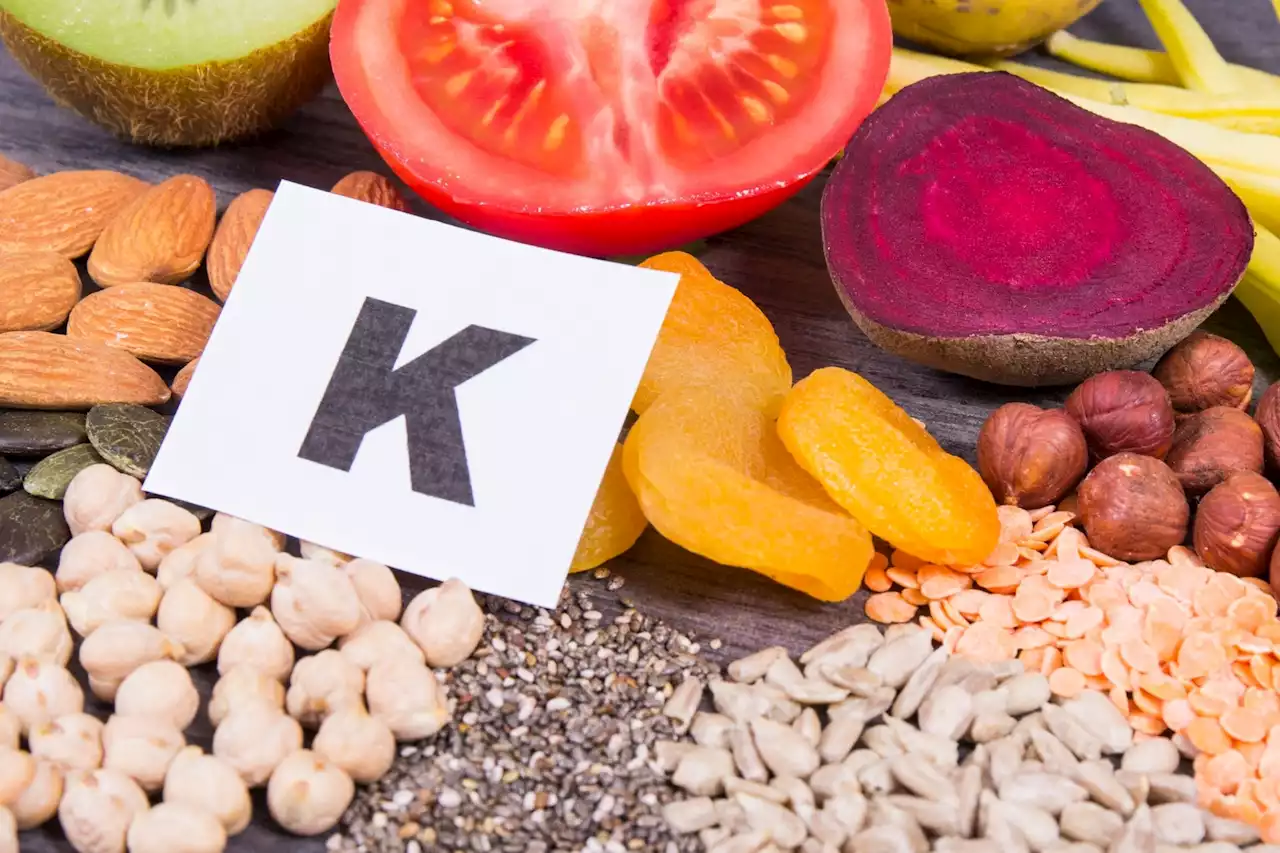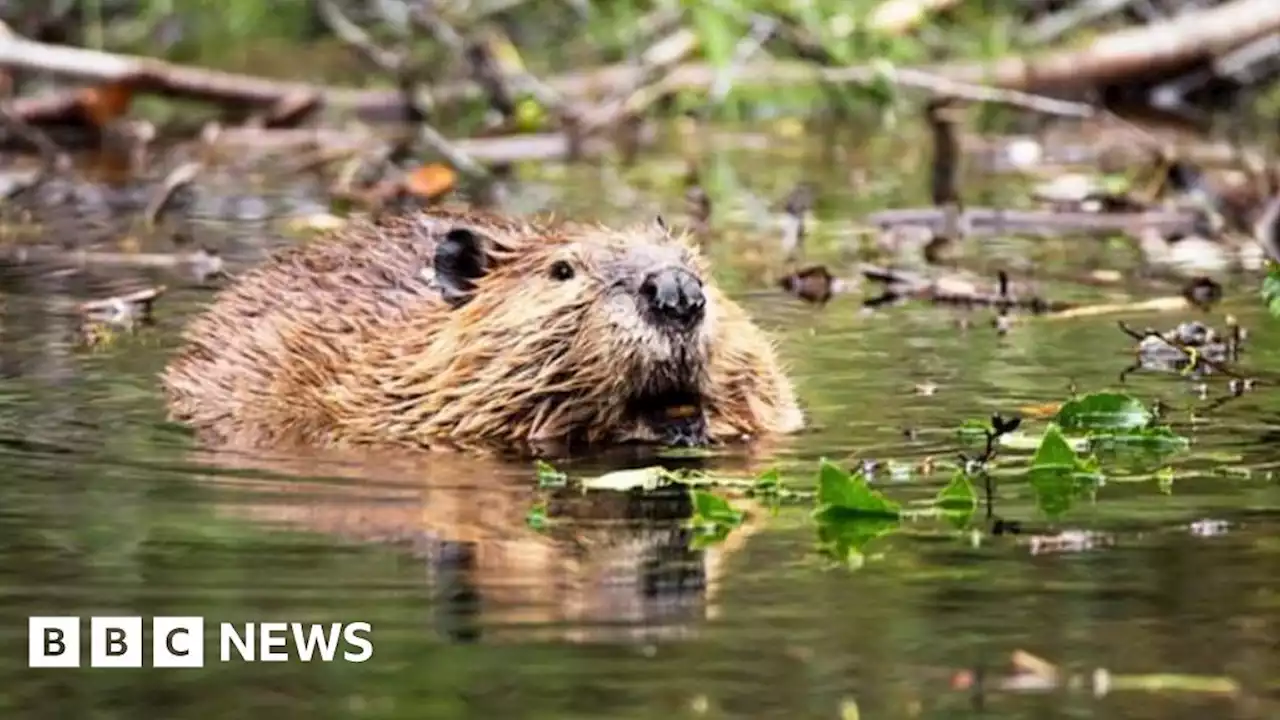Researchers review the principles of universal vaccine development for key pandemic potential viruses cellhostmicrobe UniMelb TheDohertyInst vaccine vaccines vaccinology virus virology pandemic
By Tarun Sai LomteJun 16 2023Reviewed by Danielle Ellis, B.Sc. A recent review published in Cell Host & Microbe reviewed the efforts to develop universal vaccines for viruses at family and genus levels.
Pan-henipavirus vaccines Henipaviruses fall into two categories – classical and non-classical henipaviruses based on the ability to utilize ephrin as the entry receptor. Animal or human sera after natural infection with Hendra or Nipah virus can cross-neutralize either virus, laying the foundation for the development of monoclonal antibodies and a pan-henipavirus vaccine.
Equivac HeV’s success as a pan-henipavirus vaccine mainly stems from using the highly conserved glycoprotein and strict receptor utilization, ensuring common neutralization targets. Four NiV vaccines are being developed based on the protein subunit and viral vector platform. Besides, a clinical trial for a messenger ribonucleic acid -based NiV vaccine is underway.
A 20-mer hemagglutinin mRNA lipid nanoparticle vaccine using all IAV and IBV subtypes was protective in ferrets and mice, with similar breadth across subtypes. There are 800 influenza vaccines currently in clinical trials, including eight multivalent vaccines, per the World Health Organization . These first-generation vaccines are based on the ancestral SARS-CoV-2 Wuhan strain and are ineffective against novel immune-evasive variants such as the Omicron variant. Further, immune imprinting effects have been observed with vaccine breakthrough infections with the Omicron variant, wherein cross-reactive ancestral vaccine- or infection-elicited B cells are recalled. Still, de novo Omicron-specific nAbs or B cells are rarely induced.
Ireland Latest News, Ireland Headlines
Similar News:You can also read news stories similar to this one that we have collected from other news sources.
 Researchers describe a new way to visualize force-sensing neuronsA recent study by researchers at Texas Children's Hospital, Baylor College of Medicine, and Scripps Research Institute has discovered fluorescent dye FM 1-43 as an effective and versatile tool to visualize PIEZO2 ion channel activity in mechanosensory neurons.
Researchers describe a new way to visualize force-sensing neuronsA recent study by researchers at Texas Children's Hospital, Baylor College of Medicine, and Scripps Research Institute has discovered fluorescent dye FM 1-43 as an effective and versatile tool to visualize PIEZO2 ion channel activity in mechanosensory neurons.
Read more »
 Intel provides researchers with 12-qubit quantum test chipsWhen they're done, there might be a commercially viable system sometime after 2030... maybe
Intel provides researchers with 12-qubit quantum test chipsWhen they're done, there might be a commercially viable system sometime after 2030... maybe
Read more »
 Researchers find possible cause for chemoresistance in bowel cancerLarge quantities of the protein IGF2BP2 not only make bowel cancer grow faster, they also make it resistant to common forms of chemotherapy. This discovery was made by a research team led by Martin Luther University Halle-Wittenberg (MLU) in cooperation with Saarland University.
Researchers find possible cause for chemoresistance in bowel cancerLarge quantities of the protein IGF2BP2 not only make bowel cancer grow faster, they also make it resistant to common forms of chemotherapy. This discovery was made by a research team led by Martin Luther University Halle-Wittenberg (MLU) in cooperation with Saarland University.
Read more »
 Unlocking the key to healthy aging: the influence of vitamin K on the diet-microbiome-health axisUnlocking the key to healthy aging: the influence of vitamin K on the diet-microbiome-health axis Nutrients_MDPI karolinskainst healthyaging aging vitamink VK diet microbiome
Unlocking the key to healthy aging: the influence of vitamin K on the diet-microbiome-health axisUnlocking the key to healthy aging: the influence of vitamin K on the diet-microbiome-health axis Nutrients_MDPI karolinskainst healthyaging aging vitamink VK diet microbiome
Read more »
 Trees found growing at record altitudes up Scotland's MunrosResearchers' discoveries include a rowan found growing more than 3,700ft up a Highland mountain.
Trees found growing at record altitudes up Scotland's MunrosResearchers' discoveries include a rowan found growing more than 3,700ft up a Highland mountain.
Read more »
 Beaver experiment 'changing the environment' in North YorkshireBeavers are 'changing the environment' as part of a 5-year flood reduction trial, say researchers.
Beaver experiment 'changing the environment' in North YorkshireBeavers are 'changing the environment' as part of a 5-year flood reduction trial, say researchers.
Read more »
